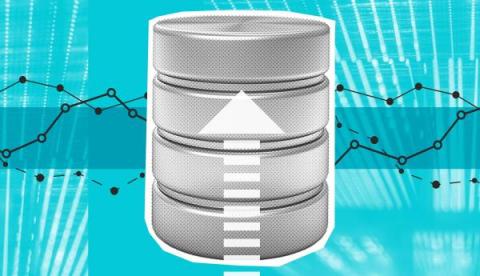SolarWinds Announces Launch of SolarWinds Observability to Provide Comprehensive Visibility in Hybrid and Multi-Cloud Environments
Fully-integrated, cloud-native SaaS solution ensures optimal performance and user experience across complex IT environments.










